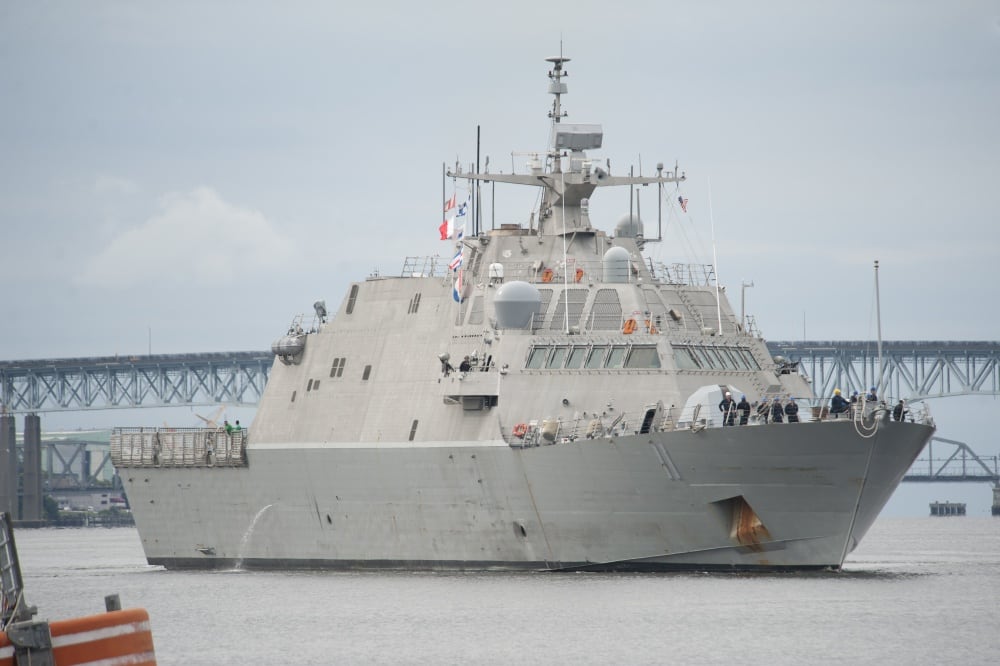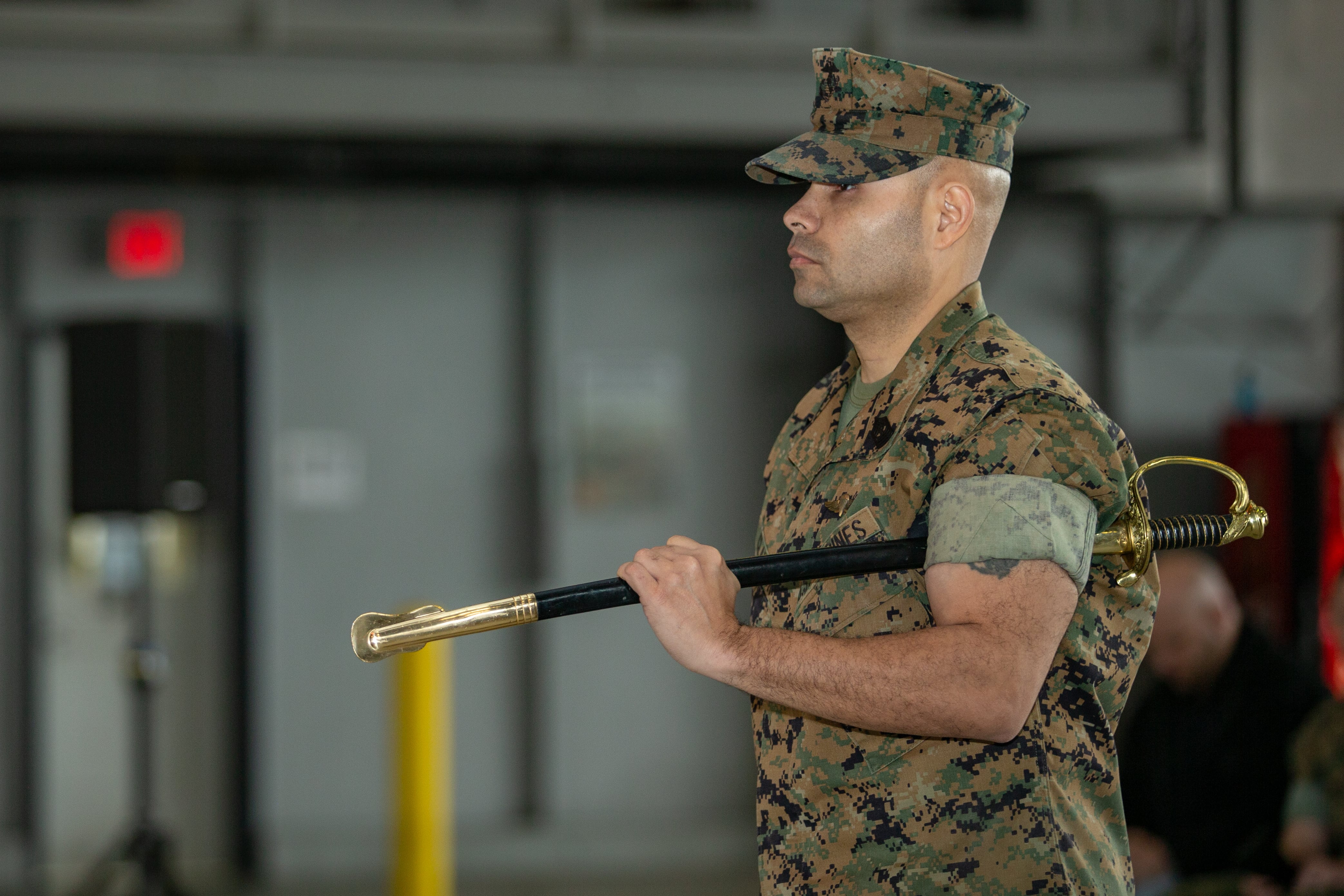This story was updated April 16, 2021, at 2:20 p.m. EST with the U.S. Navy’s cost estimate to operate a littoral combat ship annually.
WASHINGTON — As the U.S. Navy’s littoral combat ship program battles reliability problems, it is also wrestling another and potentially just as fearsome bear: operating costs.
The service’s top officer said the original concept for a minimal crewing model — where as few as 32 sailors and eight officers manned the ship, and much of the maintenance burden fell to contractors — has driven up costs.
The answer? Put sailors back in charge of more maintenance, which means the Navy might need to add even more sailors to the crew.
Indeed, the additional manning might serve as yet another driver of higher operating costs, but the current numbers indicate that expenses can’t get much worse.
Today, a littoral combat ship costs about $70 million annually to operate, according to a calculation of budget data obtained by Defense News. The Navy disputed this number, saying it is closer to $50 million. In comparison, the cost of operating an Arleigh Burke-class destroyer — a much more mature and established design program — runs around $81 million.
If the Navy can’t reign in those LCS costs, it would mean the Navy’s lightly armed, 3,400-ton small surface combatant designed for maximum operational availability will cost nearly as much to operate as its heavily armed, 9,400-ton large surface combatant.
Chief of Naval Operations Adm. Michael Gilday acknowledged the high cost of operating the ships, but said an internal push to drive more of the maintenance of the ships to sailors on the deckplates, and thus away from contractors, should help push down the cost of running the LCS.
“So if you snap the chalk line today, the costs are pretty high, especially compared to a [guided-missile destroyer] DDG” Gilday said. “But what we’re trying to do is move from a contractor-centric maintenance model to a sailor-centric maintenance model, or a Navy-centric maintenance model.”

Gilday said U.S. Fleet Forces Command, which is in charge of the Navy’s system that prepares ships ready for deployment, is trying to bring more naval maintenance in-house. But moving to that kind of a model may require more sailors, he admitted.
Since its introduction to the fleet, the littoral combat ship has gone from 40 assigned sailors and officers to 50; then in 2016, that grew to 70 sailors when the surface fleet decided to permanently assign each LCS with a single mission — either surface, mine or antisubmarine warfare. Now, to support more crew-centered maintenance, that number may have to grow again.
“That’ll be a significant cost savings if we get to that point,” Gilday said. “Of course, we have to take a look at: If we do that, do we have adequate numbers of people onboard the ship to be able to do that fully? If it needed to be a phased plan, how long it would take?
“I think [that] over time, if we get that piece right, if we get the supply parts piece right — having the right parts on the ship at the right time — I think we can probably get to a place where you see more efficiencies.”
Ultimately, it’s the Navy’s job to makes sure the United States gets its money’s worth out of the LCS, Gilday said.
“We do have a responsibility to try and make use of those ships and be the most efficient they can be,” he said. “I think we’re going to be learning for a little while as we shift to this new maintenance model and as we get more water under the keel of those hulls.”
What to do with LCS?
The service is also battling reliability issues, most notably with the combining gear on its Freedom-class littoral combat ship. The combining gear fuses and transmits power from four separate engines to the ship’s waterjet propulsion system.
Issues with the combining gear have led to a string of propulsion issues, putting the whole Freedom-class fleet under limitations on how it uses its propulsion plant.
In December, Defense News reported that the Navy was investigating a potential class-wide design flaw. In January, the Navy announced it was halting deliveries of the Freedom class until redesigned combining gear is installed.
Lead contractor Lockheed Martin and combining gear manufacturer RENK have identified a fix for the combining gear. According to Gilday, the Navy will begin testing it this month.
Gilday added that the LCS program is on track to deliver the long-delayed anti-submarine warfare and mine warfare mission packages in 2022 — essentially the sensors and weapons that help the ships carry out their original mission.
The yearslong delays with the mission packages have contributed to an increasingly tense relationship between Congress and the Navy over fielding new technologies.
“Our job as a Navy is deliver a lethal combatant and … my goal is 0.5 [operational availability],” Gilday said, referring to having the ship available for tasking 50 percent of the time. “But in order to get that 0.5 [availability], there’s a few things that we need to fix in order to get to that objective. The first is we need to get after reliability and sustainability issues. … The second piece is lethality.”
But some analysts and observers have raised the possibility of cutting losses on the littoral combat ship, to one degree or another, putting money into other projects that, first, might have more value in a high-end war with advanced competitors like China or Russia and, second, aren’t beset by manning, maintenance and reliability problems.
Bryan Clark, a retired submarine officer and senior fellow at the Hudson Institute, has called for the Navy to lean heavily into forward-basing the ships in the Asia-Pacific region; specific locations include Sasebo, Japan; Bahrain; and Mayport, Florida. That would allow the Navy to centralize its maintenance infrastructure in a limited number of ports; save the ships from the wear and tear of cross-ocean transits; and reduce the number needed to operate by having them forward-deployed.
For the rest of the ships, Clark said, it may be time to think about retirement.
“We’d probably want to decommission or retire a good chunk of the early ones because if you are going to move towards a kind of centralized-hub model, you probably don’t need as many,” he said. “If you put a half-dozen in Bahrain, and then four or five in Sasebo, and a half-dozen in Mayport — and still have two or three in dry dock — that’s only about half the fleet up today.
“I don’t know what you would do with the other half. There [are] missions they could do, but they’re just too expensive to use on those missions.”
David B. Larter was the naval warfare reporter for Defense News.





